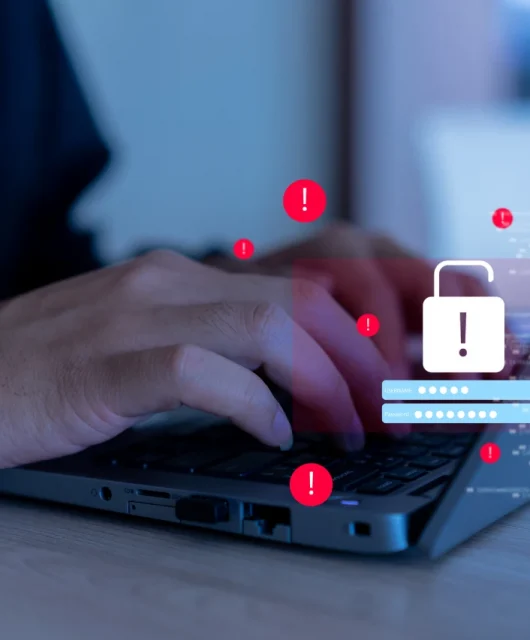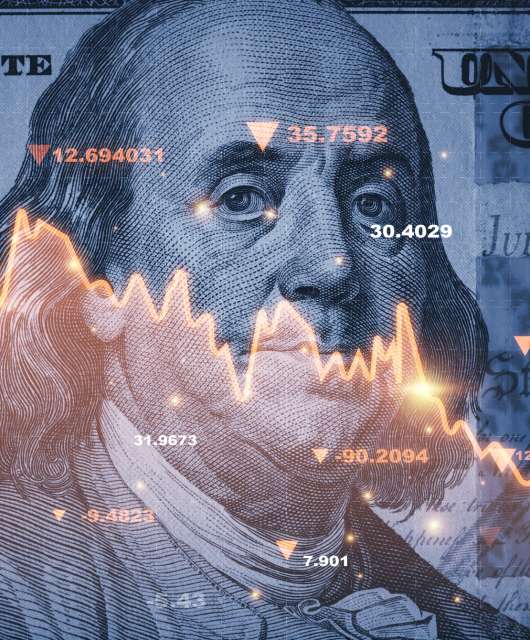Ransomware is one of the most frequent forms of cyberattack that a company can face. Through an infected email or by some other means, criminals can lock a computer, encrypt files, or sequester an entire corporate network. The main goal: ransom money, usually in the form of cryptocurrency, in exchange for freeing up the virtually hijacked computer or mobile device.
The FBI calculates that cybercriminals using ransomware have made off with up to $1 billion over the last year. However, many companies have learned how to combat this kind of attack. In addition to having the right protection, it’s possible to avoid paying the ransom by completely erasing the system and recovering it with a backup.
This particular kind of malware has evolved, and cybercriminals have honed their attacks against companies and individuals, making them more profitable. The future of ransomware is already here, and it’s called doxware.
This type of threat starts off in the same way as ransomware: cybercriminals take a company computer hostage and seek a ransom for its safe return. However, the risk is far greater. The cybercriminal threatens to make public the archives, confidential information, and conversations saved on the sequestered device. So, out of fear of having enormous quantities of corporate data put out there for all the world to see, victims will most likely pay the ransom.
It may be the case that this attack is practically a brand new, but some companies have already been infected. And it’s just the beginning. In fact, the malware is expected to continue evolving and cybercriminals will continue to perfect it until it becomes a global threat.
Just as Sony Pictures suffered in late 2014 a chain of cyberattacks followed by the leakage of some of the company’s confidential data, any other company in the world could suffer the same fate. If you’re not adequately protected against all kinds of threats, your devices could be hijacked and their secrets unveiled. Doxware is here, and it doesn’t bode well. Better be prepared.






1 comment